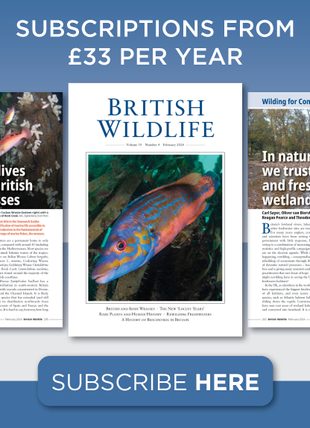![Steyermark's Flora of Missouri, Volume 3 Steyermark's Flora of Missouri, Volume 3]()
Click to have a closer look
About this book
Customer reviews
Related titles
About this book
Originally published in 1963, the late Julian Steyermark's Flora of Missouri has been the principal reference on plant life in the state. It also has been used widely in surrounding regions and has served as a model for floristic manuals in the United States. Although out of print and in serious need of revision, it has continued to be an essential tool for land managers, conservationists, ecologists, taxonomists, foresters, wildlife biologists, and other students of Missouri`s diverse flora. In 1987, in recognition of the need for an up-to-date reference on the state`s flora, the Missouri Department of Conservation and the Missouri Botanical Garden entered into an agreement to jointly sponsor the production of a thoroughly revised manual. The first volume of the greatly expanded new edition was published in 1999 and the second volume appeared in 2006. The third volume completes the taxonomic treatment of the dicot families.
Steyermark's Flora of Missouri is an account of Missouri's vascular flora, including the pteridophytes, gymnosperms, and flowering plants growing spontaneously in the state. Volume Three contains treatments of 1235 taxa, including 1031 species and 124 hybrids in the alphabetical sequence of dicot families Fabaceae through Zygophyllaceae. Users of the previous edition will note similarities in format, with keys to genera, species, and infraspecific taxa, full-page plates of line drawings, and county dot maps for each species. However, the revised edition features an expanded series of all-new illustrations and simplified maps generated from a computerized database of specimens. The keys have been streamlined and detailed morpho-logical descriptions have been added to the text. Taxonomic changes and additions are documented in a lengthy bibliography and a glossary defines the technical terms used in the text.
Steyermark's Flora of Missouri is intended to serve as an encyclopedic reference tool for both professionals in biology and related fields and for the large group of dedicated amateur botanists and naturalists who have created the unique environment in which conservation, natural history, and other outdoor activities thrive and are supported in the state.
Please note that the key to dicot families was initially intended to appear in later volumes, and finally was planned as a supplementary publication. Unfortunately, the supplementary publication of keys did not materialize, and there are no plans to do so in the future. The author of the Flora of Missouri had this response:
"One issue with family-level keys is that the system of family classification underwent radical changes during the life of the Flora project. This has been a problem for all of the big floristic projects, including Flora of North America. It also means that the way plants are placed into families in the Missouri books is fairly unique across the three volumes, which spanned sixteen years. Thus, I cannot recommend an alternative family key that places all of the genera into the same family names and circumscriptions. I would not recommend any of the keys in the various books on Illinois state flora. However, the keys in the Gleason and Cronguist (1991) Manual of Vascular Plants of Northeastern United States and Adjacent Canada at least is relatively user friendly."
Customer Reviews















![Behind the Scenes [of the Flora of Missouri]](http://mediacdn.nhbs.com/jackets/jackets_resizer_medium/10/101867.jpg?height=150&width=97)













![Flora Mesoamericana, Volume 7 (Part 2): Orchidaceae [Spanish]](http://mediacdn.nhbs.com/jackets/jackets_resizer_medium/36/36837.jpg?height=150&width=113)







